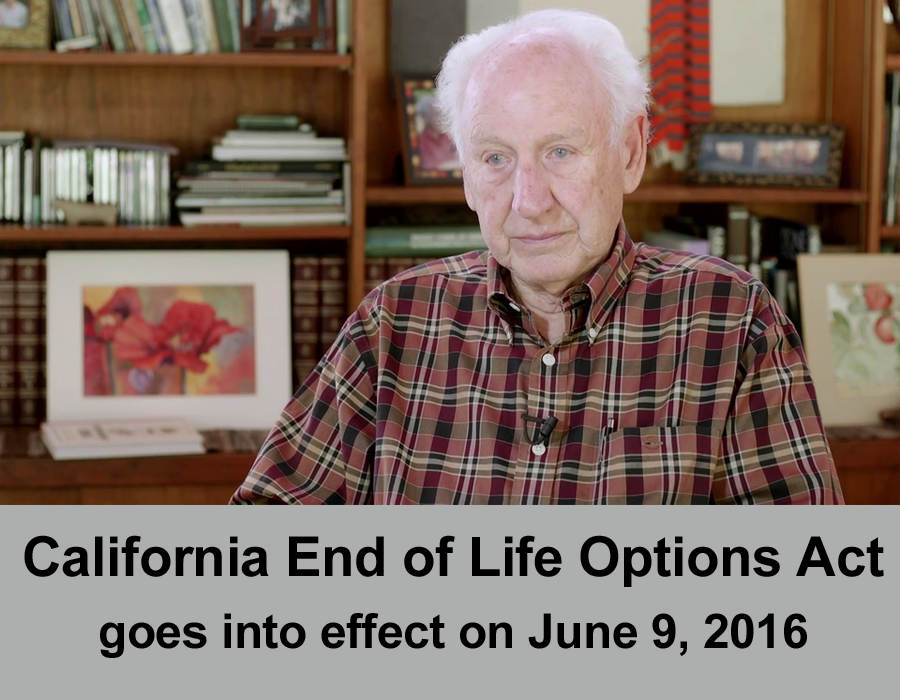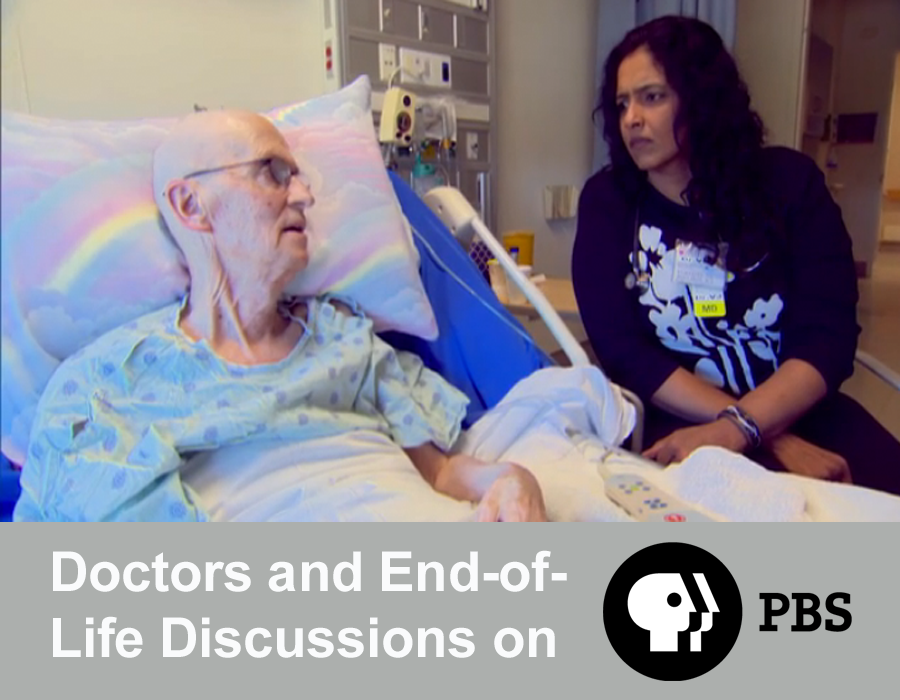Overview: California has implemented the End of Life Option Act to provide aid in dying for qualifying terminally ill California residents. We present key features of the law and also answers to frequently asked questions. Please note that we are neither advocating nor opposing Physician Assisted Death. Our goal is to increase the knowledge and awareness about excellent palliative care for any interested health personnel and members of the public.
Details about the Law: The California State Legislature has passed a law called the End of Life Option Act that went into effect on June 9th, 2026. This law legalizes physician aid-in-dying and has a sunset clause and is scheduled to expire on January 1, 2016.
There are several important features of this law:
- Any terminally ill adult California resident with an anticipated lifespan of 6 months or less and with intact decision making capacity has the right to request her/his attending physician for an ‘aid-in-dying’ drug prescription.
- The patient’s attending physician (the physician primarily responsible for healthcare of an individual and is managing their serious illness) must decide that the patient is terminal with an anticipated life span of six months or less.
- The patient must have the capacity to make medical decisions, as determined by the attending physician.
- The patient must see a second (consulting) physician, who will confirm the patient’s prognosis, diagnosis, and capacity to make medical decisions.
- The patient must make two oral requests, at least 15 days apart, directly to his or her attending physician and one request in writing (there will be a form provided by the State and it will need to be witnessed by two adults who are not related to the patient and who are not members of the patient’s healthcare team).
- The physician must conduct a full discussion with the patient about her/his end of life goals and options and the details of the aid-in-dying process. The doctor must also counsel the patient about alternatives to PAD including pain management, comfort care, hospice referral and voluntary stopping of eating and drinking.
- Patients at risk of impaired decision-making due to depression or other mental illnesses as determined by the attending physician, they should be referred to a mental health expert.
- The patient must sign a final attestation form before ingesting the drug, saying s/he was fully informed of the consequences of PAD and its alternatives.
- The patient must also be able to self-administer the oral medications.
- The death certificate of these patients, who follow the letter of the law, will indicate the underlying terminal illness as the primary cause of death i.e. the death will not be listed as a suicide and thus should not affect the patient’s life insurance policy.
- If followed properly, there are no penalties for physicians who participate in aid-in-dying.
- There are also no penalties for physicians who choose not to participate. Any physician can choose to opt-out of participation.
- Certain health care systems like all federal facilities as well as Catholic facilities have opted out of participating in the End of Life Option Act.
- The law provides immunity from civil or criminal liability for a person who is present when the patient self-administers the aid in dying drug, as long as they are observers and do not assist or tamper with the patient ingesting the lethal medication. It is allowed for the person to help the patient prepare the aid in dying drug .
- The End of Life Option Act prohibits ending a patient’s life by lethal injection.




